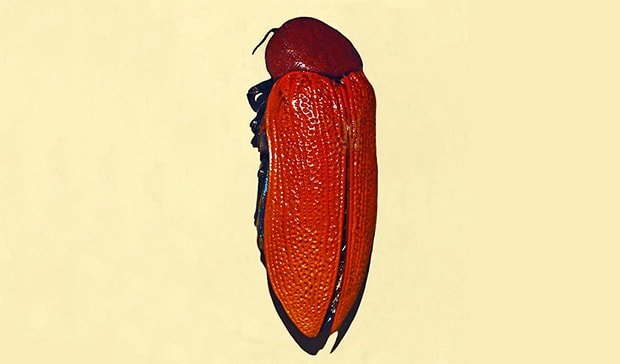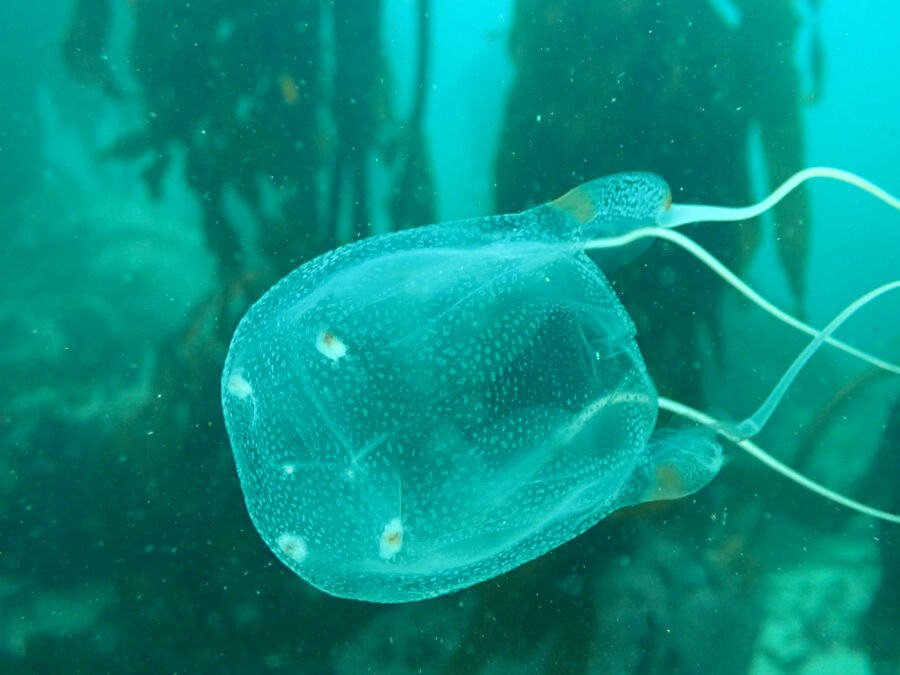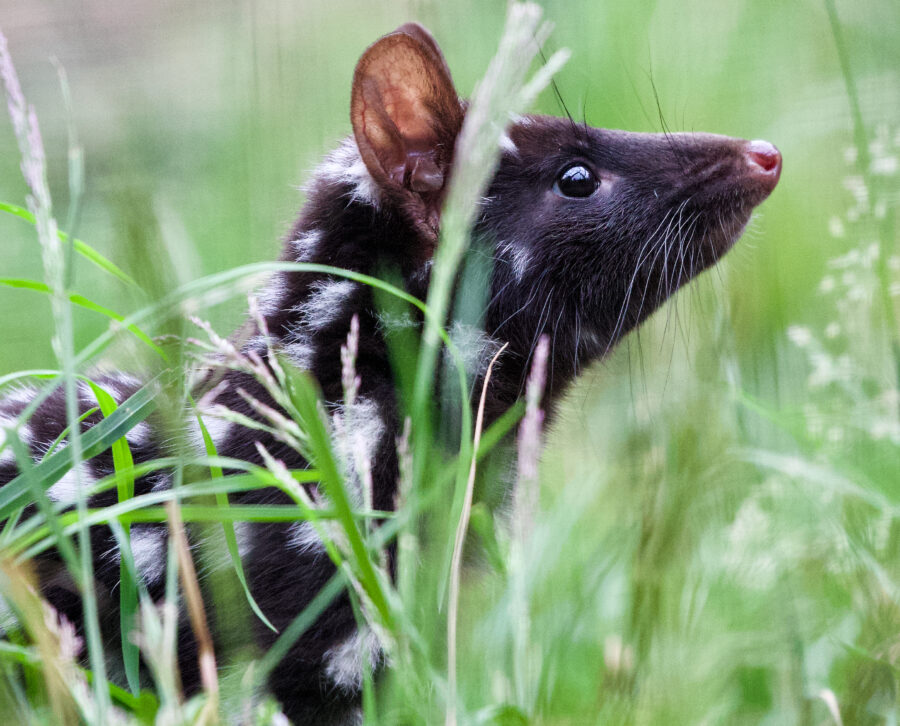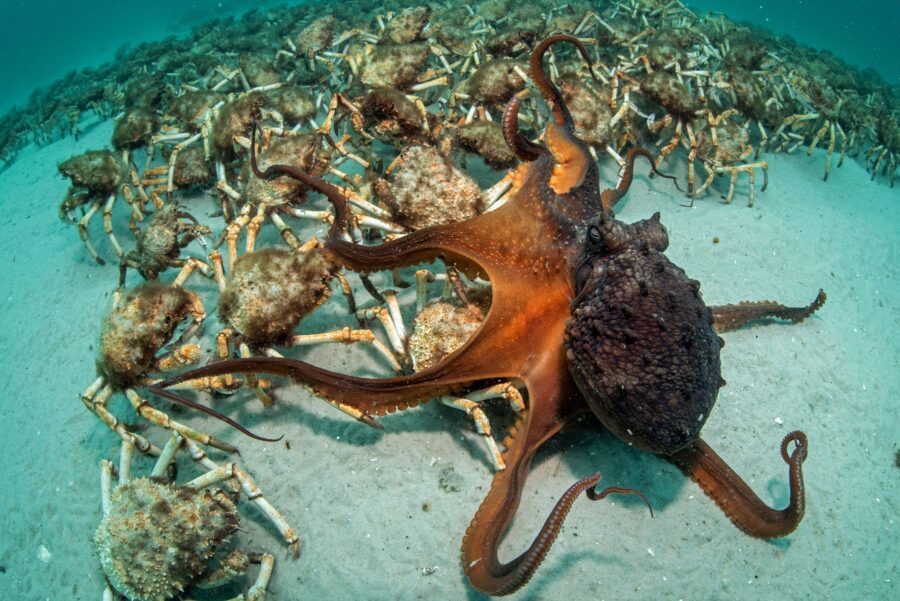Australia’s beer-loving jewel beetle

Bec Crew
Bec Crew

SOMETMES IS REALLY is possible to love beer just a little too much. The Australian jewel beetle (Julodimorpha bakewelli) is a glossy, golden-brown beetle around 4cm long, found all over Australia in arid and semi-arid areas. It belongs to the Buprestidae family of jewel beetles, so-called because of the iridescent colouring running through the 15,000-odd species, including shimmering greens, purples, blues, and bright yellows.
Back in September 1981, two entomologists, Darryl Gwynne from the University of Toronto in Canada and David Rentz from the CSIRO, stumbled on something remarkable in Dongara, Western Australia. The pair observed male Australian jewel beetles flying 1-2m above the ground, scouting for the large, flightless females, when two of them landed and started trying to mate with a 375ml beer bottle, known affectionately as a ‘stubbie’.
Surveying the area, they found two more males mating with their own stubbies, and just one stubbie without a beetle admirer was discovered. A brief experiment was conducted at the site, which involved placing four stubbies on the ground in an open area to see if they would attract the beetles. Within half an hour, two of the bottles had attracted males, and beyond that timeframe, four more were observed to mount the arranged stubbies.
The behaviour was explained by the beer bottles’ basic visual similarities to the large Australian jewel beetle; the researchers suggested that the males were mistaking them for females when in flight. After all, the simplest explanation is that the shiny brown colour of the glass resembles that of the beetles’ own colouring, plus the dimpled glass at the base of the bottle and the tiny bumps on the beetles’ elytra – or hardened forewings – both reflect light in the same way.
The contents of the bottle held no attraction for the males – in fact, stubbies with beer still inside were left entirely alone – and when bottles of different shades were left out for the male beetles by the entomologists, they were also ignored.
Mating with beer bottles a taxing affair
As ridiculous as this all sounds, this behaviour can have serious effects on the male Australian jewel beetles. Gwynne and Rentz described how once on the bottles, the males would not stop trying to copulate with them until they were physically displaced. In the wild, this means they could unwittingly starve or exhaust themselves to death – the pair observed some males falling off the bottles with heat exhaustion – and render themselves completely vulnerable to predators such as ants.
“In one of the observations, a male, at the side of the bottle, was being attacked by a number of ants (Iridomyrmex discors), which were biting at the soft portions of his everted genitalia. A dead male, covered with ants was located about an inch away from this same bottle,” Gwynne and Rentz reported in the Journal of the Australian Entomological Society in 1983. “Improperly disposed of beer bottles not only present a physical and ‘visual’ hazard in the environment,” they concluded, “but also could potentially cause great interference with the mating system of a beetle species.”




